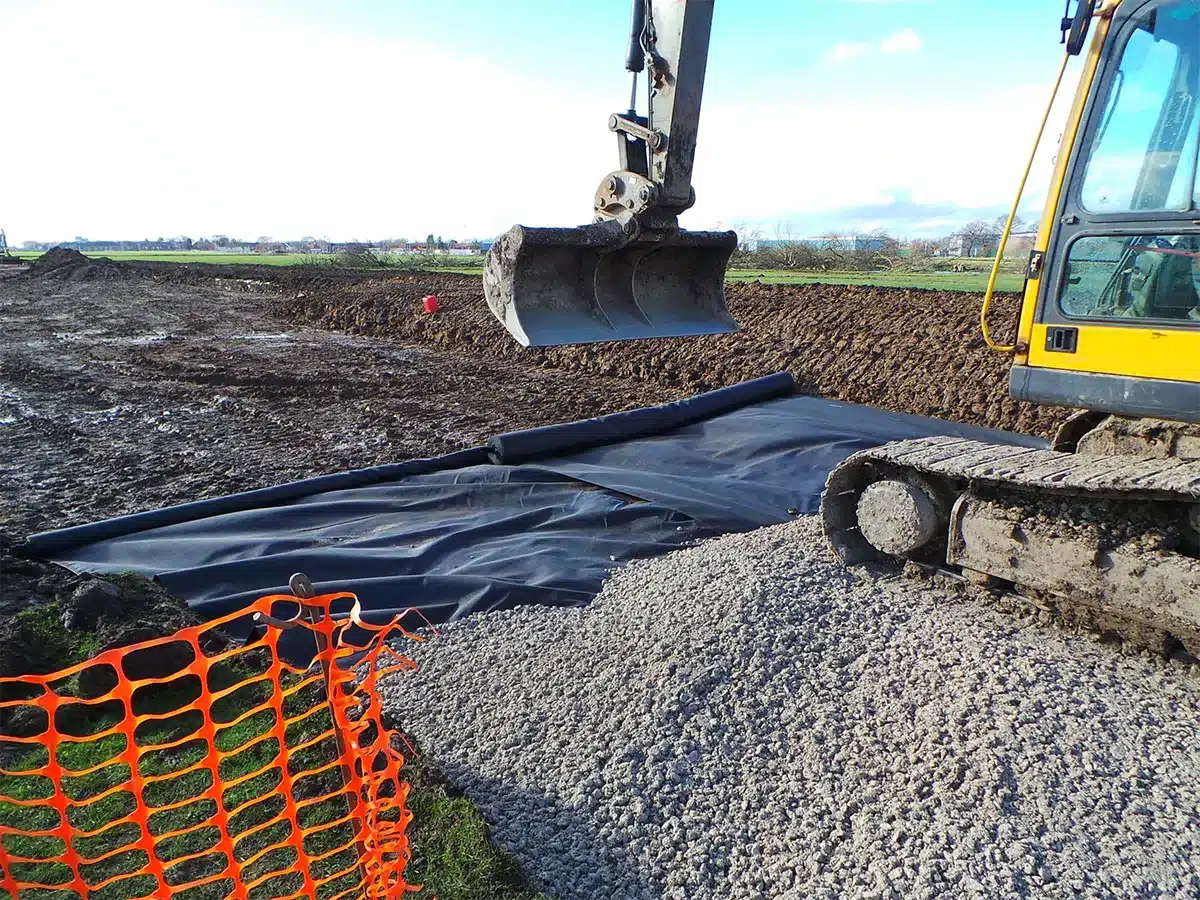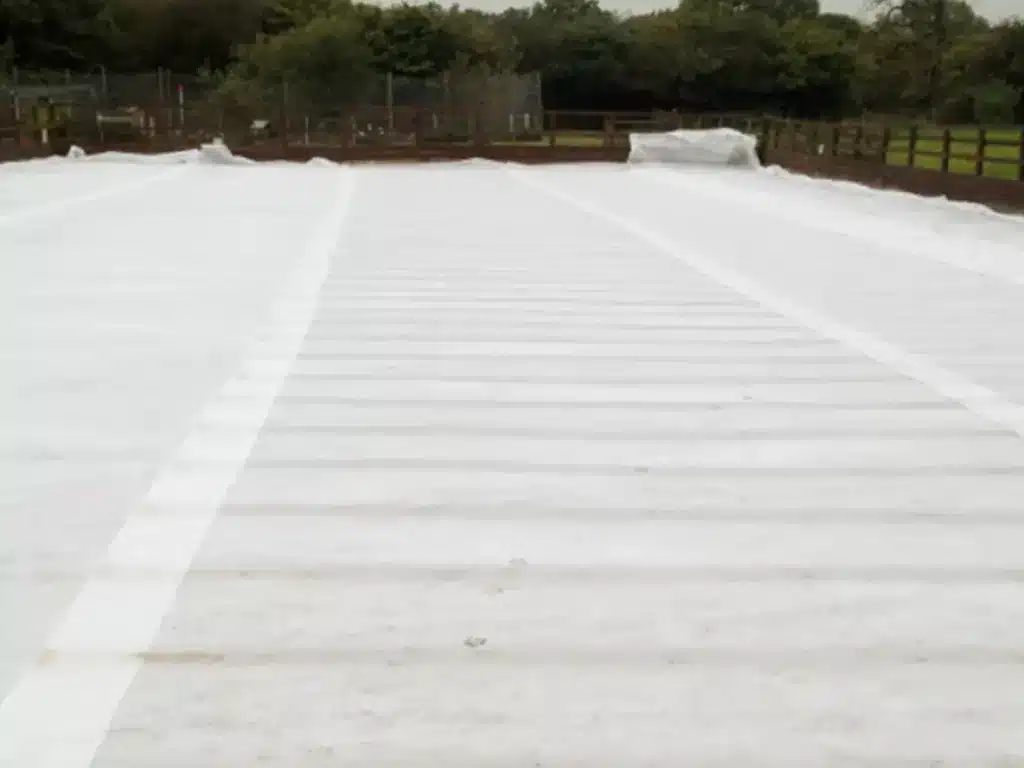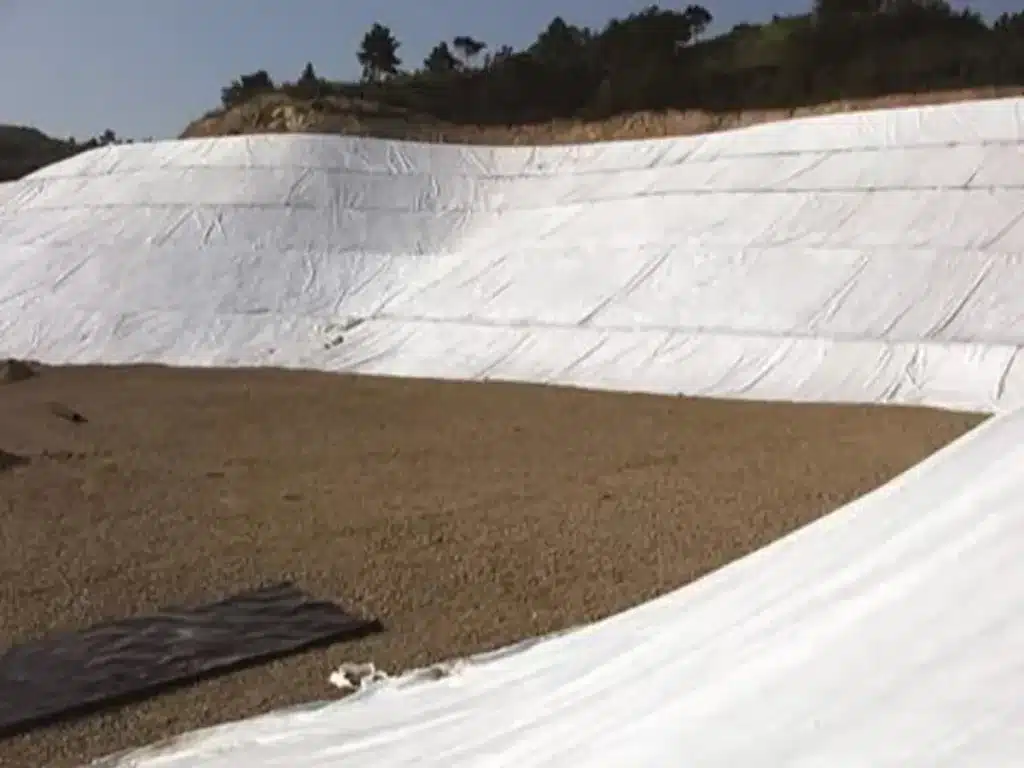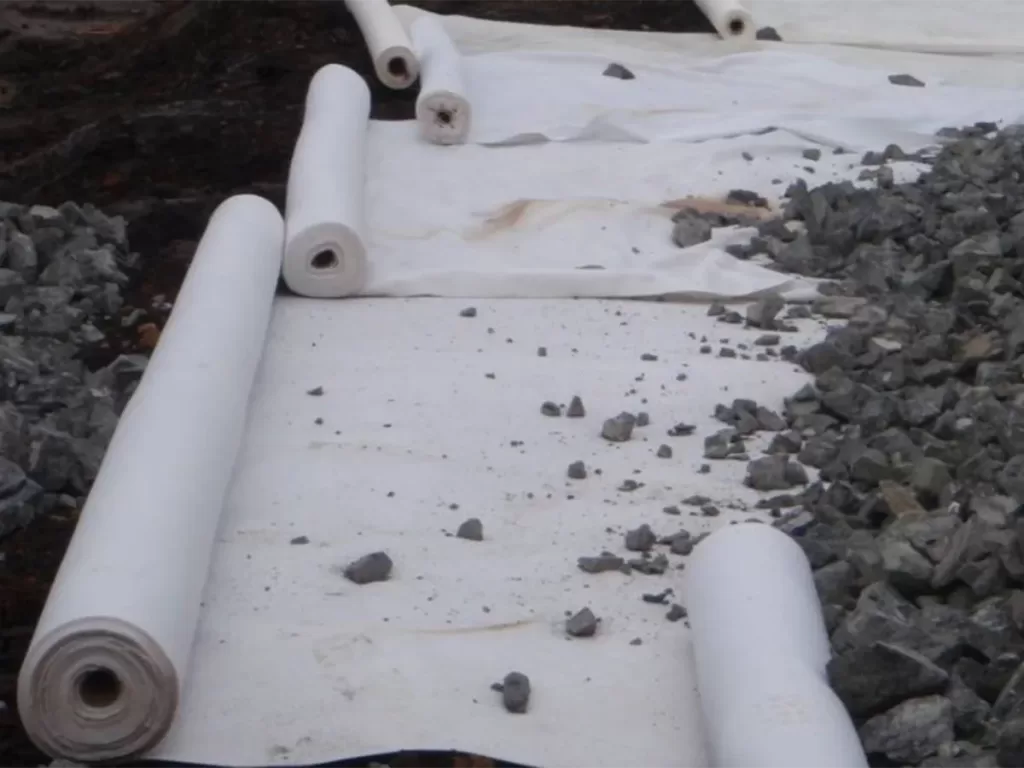Harnessing Geotextiles to Combat Erosion on Steep Hills
Erosion on steep hills presents significant environmental and structural challenges, leading to loss of fertile soil and increased risk of landslides. This article explores how geotextiles, innovative materials used in civil engineering, offer a sustainable solution to these issues. The goal of such structures is to act as erosion control blankets that cover a large area of the soil on a steep hillside. By delving into the mechanics of geotextiles, we’ll understand their role in erosion control and slope stability.
How do geotextiles prevent erosion?
Geotextiles are permeable fabrics that, when used in association with soil, have the ability to separate, filter, reinforce, protect, or drain. Typically made from synthetic fibers like polyester or polypropylene, these textiles help prevent erosion by providing a stable base that supports the soil. Their structure allows water to pass through while holding soil in place, thus preventing the washout of fertile topsoil during heavy rains or wind. By evenly distributing water flow and reducing surface runoff, geotextiles also improve the soil’s mechanical properties, including its resistance to erosive forces, which is crucial on steep slopes.

What is geotextile for slope stability?
For slope stability, geotextiles function as a reinforcement layer. They are installed within or between the layers of soil to increase the shear strength and prevent displacement. On steep slopes, these textiles distribute loads evenly and increase the stability of the soil, preventing slippage and potential landslides. The use of a geotextile to protect the slope from erosion is a crucial consideration in their application. The design and selection of the right geotextile depend on the soil characteristics and the steepness of the slope, ensuring that the material can adequately support and stabilize the hillside under various environmental conditions.
What are geotextiles and how do they prevent erosion?
Geotextiles are specialized fabrics designed to provide strength, stability, and filtration capabilities to the soil to reduce erosion. Used extensively in geotechnical engineering projects, these textiles address soil stability issues by acting as a protective barrier. They aid in filtration and reinforce the ground, making them essential in managing erosion. When used on steep slopes, geotextiles intercept runoff water, reducing its speed and minimizing soil displacement. By holding soil particles together and promoting vegetation growth, these fabrics not only prevent erosion but also enhance the ecological environment of the area.
Should geotextiles be in contact with the ground?
Yes, for geotextiles to function effectively, they must keep firm, continuous contact between the materials and the soil. Proper installation involves laying the geotextile directly on the prepared soil surface before any fill material, like gravel or larger stones, is added. This ensures that the geotextile can effectively stabilize the soil and filter out sediments while allowing water to drain through. Ensuring direct contact with the ground maximizes the functional benefits of filtration, separation, and reinforcement, which are crucial for achieving long-term stability and erosion control on steep slopes.
Geotextiles represent a crucial tool in environmental and civil engineering, offering effective solutions for erosion control and slope stabilization on steep hills. Through their ability to filter, reinforce, and protect soil, these versatile fabrics play a pivotal role in maintaining landscape integrity and preventing soil degradation. As we continue to face environmental challenges, the strategic use of geotextiles in vulnerable areas can significantly mitigate the risks associated with soil erosion.



Comments
Post a Comment